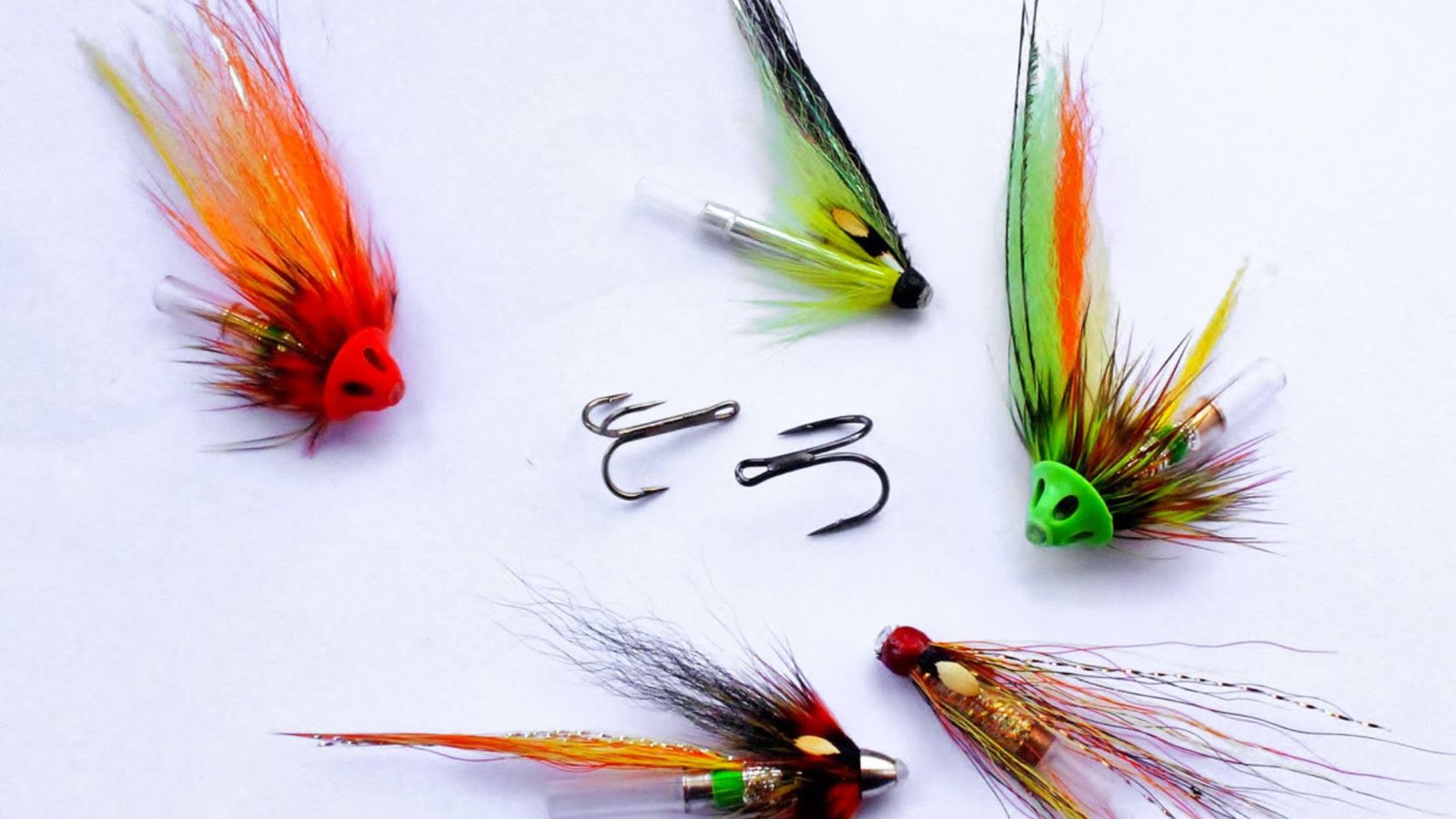Salmon fishing hooks are essential components of your fishing tackle, playing a critical role in hooking and landing salmon effectively. Selecting the right hooks can significantly impact your fishing success. Learn how to choose salmon fishing hooks based on size, type, and design to match your fishing style and target salmon species.
Introduction to Salmon Fishing Hooks
Salmon fishing hooks are available in a diverse range of sizes, shapes, and materials, each crafted to maximize hook-set efficiency and ensure a secure hold during intense battles with salmon. Anglers benefit from understanding these factors, as they play a pivotal role in choosing hooks that align with specific fishing techniques and target salmon species. Factors such as hook size, strength, type, and design influence how effectively hooks penetrate fish mouths and maintain grip throughout the fight. By considering these variables, anglers can tailor their tackle setups to meet the demands of different fishing conditions, ultimately enhancing their ability to hook and land salmon successfully.

How to Choose Salmon Fishing Hooks
Factors to Consider When Choosing Salmon Fishing Hooks
Hook Size and Strength
Select hook sizes based on the size of salmon species you intend to target and the type of bait or lure you plan to use. Larger hooks, such as sizes 1/0 to 4/0, are suitable for larger salmon like Chinook (King) salmon, while smaller hooks like sizes 6 to 10 are ideal for smaller species such as Coho (Silver) salmon. Ensure hooks are strong enough to handle the weight and fighting power of salmon without bending or breaking.
Hook Types and Designs
Consider different hook types and designs tailored for salmon fishing:
Single Hooks
Single hooks feature a single point and are versatile for various fishing techniques, including bait fishing and lure presentations. They offer secure hooksets and are easy to remove from fish, minimizing harm during catch-and-release practices.
Treble Hooks
Treble hooks consist of three hooks joined at a single eyelet, providing increased hooking potential and securing salmon that strike aggressively. They are commonly used with plugs and spoons to increase the chances of hooking fish.
Circle Hooks
Circle hooks have a circular shape with the point turned inward, reducing the risk of gut-hooking salmon and promoting safer catch-and-release practices. They are effective when fishing with live bait or using natural presentations.
Hook Materials and Durability
Choose hooks made from durable materials like stainless steel or high-carbon steel to withstand saltwater conditions and repeated use. Sharpness retention is crucial, so opt for hooks with chemically sharpened points or invest in a hook sharpener to maintain optimal hook performance.
Matching Hooks with Bait and Lures
Select hooks that complement your choice of bait or lures:
Baitholder Hooks
Baitholder hooks feature barbs or small projections that help secure bait in place, preventing it from sliding or tearing during casting and retrieval. They are ideal for fishing with natural baits such as salmon eggs or herring strips.
Jig Hooks
Jig hooks have a vertical design that enhances jigging action when fishing with soft plastic baits or artificial jigs. They provide excellent hooksets and are effective for enticing salmon in deep water or around structure.
Considerations for Catch-and-Release Fishing
Prioritize hooks that facilitate safe and effective catch-and-release practices to conserve salmon populations:
Barbless Hooks
Barbless hooks reduce injury and mortality rates among released salmon by minimizing tissue damage during hook removal. They are required in many fishing jurisdictions and promote ethical angling practices.
Conclusion
Choosing the right salmon fishing hooks is essential for maximizing hook-set efficiency, minimizing harm to fish, and enhancing your overall fishing experience. By considering factors such as hook size, type, design, and matching them with bait or lures, you can tailor your tackle setup to effectively target salmon in various fishing conditions.
In conclusion, understanding the nuances of salmon fishing hooks allows anglers to select hooks that suit their fishing preferences and environmental considerations. With the guidance provided in this guide, you’re well-equipped to make informed decisions and enjoy successful salmon fishing outings.




